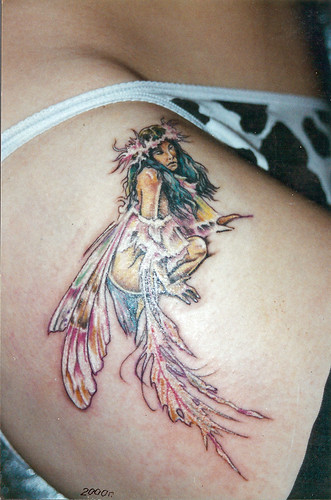From the spotlights of international motorshows to the reality of the road track, objects of desire such as concept cars are accustomed to vanishing like mirages in the desert once you come close to them. Some engineers though are more akin to make the dream come true and create pure objects ofdesign able to ride and eventually to give their drivers the impression of moving fastforward to the future. French car maker Renault has presented in Geneva a small crossover - a politically accepted version of the SUV - called Captur, as well as a compact van named R-Space - be sure to pronounce it the French way like 'Espace', since it is a tribute to Renault's 25 year minivan history - and offered us the opportunity to take a ride. The electrical Zoe show car was invited to the road party too.
You may say what's the point of engineering such cars, if they are bound to stay unique anyway? Fair enough. Well first, let me give you the classical corporate speech from product managers: concept cars explore new aesthetic themes which will be applied to the upcoming mainstream cars. Renault's main message here is interesting somehow. Unlike the current trend to xerox the same design, especially for the front end, from the smallest car in the range to the biggest - who coughed VW Group?- its next cars will try to take on the challenge of building a common idendity with still independant designs. If we take a look at Captur and R-Space, the grown logo in the centre and the extending shape of the grill create an immediate and strong family link, whereas designers played on the form of the headlights and indicators, as well as on their disposition and integration within the grill to bring their own personnalities to each car. The grill in itself also gets a visually different treatment, biting back in the lower part of the bumper or reaching a little higher in the hood, when not close to disappearing in transparency on the Zoe.
Another challenge for Renault designers is to bring back what used to make Renaults friendly to people, showing bits of humanity like the smiley faces of the Renault 5 or the first Clio and Twingo for instance. A gimmick definitely and sadly lost in the years 2000. The 're-humanization' process rises on Captur and R-Space with the muscular aspect of the car body, made of tensed curves and hollows, like on the side doors. The general design does not mean the rebirth of the 90s popular bio design though, which took its inspiration from nature with very round shapes but failed to convey any kind of dynamism. This process is also visible on the Captur through the skeleton of the structure appearing on the pillars and roof, while the creation of a face plays here with the front indicators, small LED-lamps covering the headlights like an eye lid. On the Zoe, watch the daylight lamps in the shape of dimples in the front bumper.
Driving these unique pieces is also about the feeling of experiencing a pure object of design, with its qualities and defects. The huge windscreen of the R-Space has for consequence an impressive never-ending dash-board which makes you feel like driving a space-ship. The white colour dominating in the inside, from floor to roof, combined with the huge glass surface and egg- like chairs convey the impression of floating in the car and above the road. Sitting on the string-structered seats of the Captur was an interesting ventilating experience too! On the other side, being short will prevent you from reaching the pedals properly in the R-Space, while being tall will put your head in a close intimacy of the roof in the Captur. So now we know why designers do not always have the final word "in real life".
GT.























